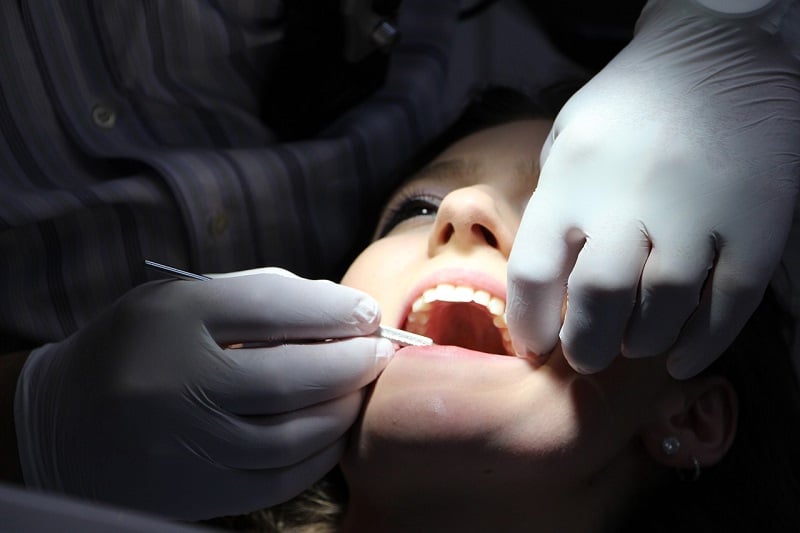How osteopathy can help with braces?
You have likely been told that orthodontia is required because the teeth are not straight, or that one or more teeth are growing crooked. The bones of the cranium interlock like the mechanism of the wheels of a clock. The teeth are a wheel of this mechanism. Imagine if you turn the last wheel of the mechanism opposite the direction of the other wheels as the braces do with the teeth, you will have an effect on the rest of the cranium so on all the body.
The work of the osteopath
As you may have seen in some articles, the osteopath is able to work on your skull, it’s a part of the cranial technique. Some traumatic births (vacuum, forceps, csection…) can cause tensions on your skull. The cranium is not one ball shaped bone but a dynamic collection of bones, and osteopaths understand the tiny movements that the face and skull bones must make to function healthily.
Therefore, the osteopath will work on your cranium to release the different tensions and the different mechanical disorders like a watchmaker would do it with a clock.
Why it’s important to follow the treatment and see the patient many times?
Your teeth are straight, and you have a beautiful smile cosmetically? This thinking is not the best for your body. Indeed, it pushes the bones of the face together. This can result in life long headaches (until corrected), vision problems, and a multitude of other ailments. Moreover, it can result in the need for a permanent retainer to keep the teeth in place. It can crowd the airway (which results in poor tissue oxygenation). The tongue back beeing pushed into the throat, can lead to sleep apnea and TMJ problems as we age.
 When the teeth are realigned with braces, they are no longer in line with the rest of the bones of the cranium. This is why teeth will have a tendency to go back out of alignment after braces come off. The osteopath with his different techniques will try to prevent this case. He will maintain the balance of the body and stabilize the orthodontic treatment.
When the teeth are realigned with braces, they are no longer in line with the rest of the bones of the cranium. This is why teeth will have a tendency to go back out of alignment after braces come off. The osteopath with his different techniques will try to prevent this case. He will maintain the balance of the body and stabilize the orthodontic treatment.
This approach makes sure the head and the teeth are moving prior to the adjustment of the appliance. This makes it easier on the dentist and the patient. Then after the appliance is adjusted, another treatment ensures that the bones and the teeth are still moving well which makes it easy on the patient.
This approach can save as much as ⅓ of your time in braces off when compared with no osteopathic treatment.




